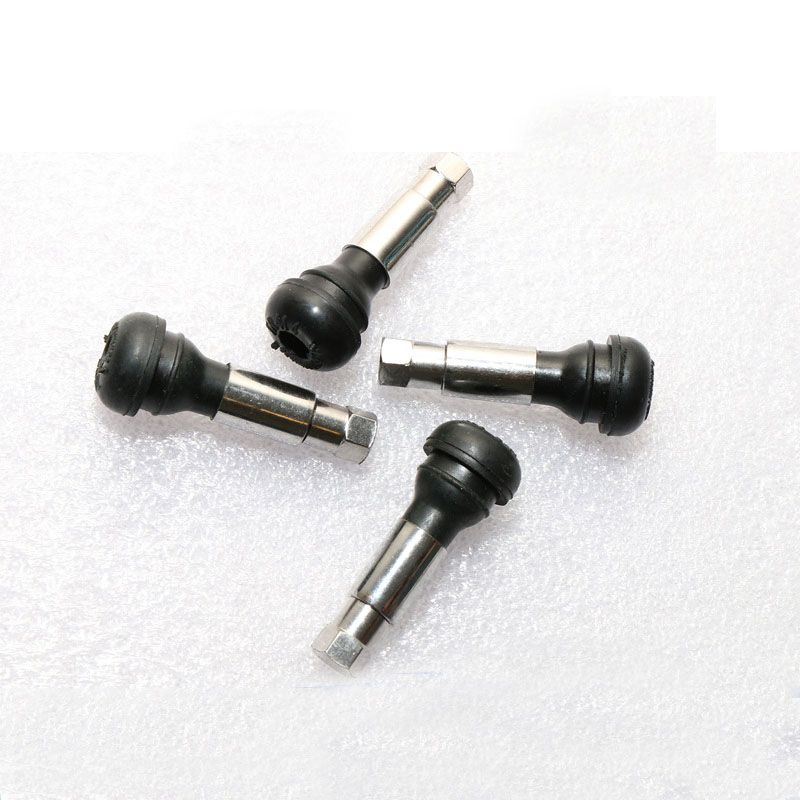Do You Need to Replace Your Tires?
That's the question that all car owners ask, and we have some answers.
A new set of tires can be a big investment, so figuring out how long they last and when to replace them is critical.
Tires are an important investment because they have a huge influence on the safety of your vehicle. No matter how many cameras, sensors, or other active-safety features your vehicle is equipped with, you're at much higher risk for trouble if your tires are worn out.
So when should you replace them? Well, there's no simple formula to determine the answer. It all depends on road surfaces, types of roads, maintenance, car type, and driving styles. But if you inspect your tires regularly, you'll get a feel for when they are starting to wear out.
Factors That Affect Wear
No two sets of tires, even if they are identical, wear at exactly the same rate, explains Woody Rogers, director of testing information at tire retailer Tire Rack.
Road surface is one of the biggest factors affecting tire wear, Rogers said, and they differ from region to region. Road construction companies build with local materials and the pavement materials vary in abrasiveness.
"No two people, no two cars, no two regions of the country will experience the exact same tire wear" thanks to differences in materials, Rogers said.
And the type of road also plays a big factor.
"Someone who drives in mountainous areas where they're constantly climbing and descending and where the road is never straight will have higher tire wear than someone driving in the flatlands of the Midwest," Rogers said. "If you're an urban driver constantly starting and stopping, versus someone who spends most of their time on highways, your tires will have a higher wear rate."
And, of course, driving style has a huge impact on tire life. Rogers said he's seen studies with two drivers using the same tires, resulting in a 20 percent difference in wear due to driving styles.
Then there are the inherent differences in vehicles—variations in weight and suspension design, and whether a vehicle's suspension is properly aligned—that affect how long tires last as well. Tires also need to be rotated at the proper intervals so that they wear evenly.
No two people, no two cars, no two regions of the country will experience the exact same tire wear.
Despite all these variables, tire companies still promise a "mileage guarantee" for most tires. Most all-season tires come with a guarantee, and Rogers said those are calculated by an average that most drivers should reach. A quick check of available all-season tires on the Tire Rack site showed warranties ranging from 40,000 to 85,000 miles. Although, as they say, your mileage may vary.
If your tires fall short of the mileage warranty, and you haven't abused the tires by, say, driving your car on a track, the tire dealer will replace the tire on a a pro rata basis, meaning you pay a portion of the cost depending on how much of the guaranteed mileage you used. But beware: there are strict rules about tire rotation and inspection that must be followed and documented in order to take advantage of the tire warranty.
A mileage warranty is a good guide to figuring out how long your tires should last. But if you've bought a used car and you don't know how many miles are on the tires, you can still figure out when they need replacing.
Are Your Tires Worn Out?
Here's a simple way to make certain you're not driving around on dangerous tires. It's called the penny test.
Take a penny, and with the coin turned so Abraham Lincoln's head is facing you, place the edge of the penny in one of the tire's tread grooves (as seen in the photo above) with the top of Abe's head pointed at the tire. Your tire is completely worn out if the top of Abe's head is still visible with the penny in the groove.
If you can see the top of Abe's head, this means that your tire has about 2/32 inch or less of tread depth, which could cause your car to lose contact with the road with even just a little bit of rain. Time for new rubber.
If you don't have any pennies in your pocket, don't worry. Today's tires have built-in tread-wear indicators. Look closely at the photo above and you'll see tiny blocks of rubber within the tread set at a perpendicular angle to the circumferential grooves. When the tread wears down so far that these rubber nubs are flush with the rest of the tire's tread, that means the tire is totally worn out.
Its best to replace all four tires at the same time, but if the previous owner failed to rotate the tires front to rear, you may find—depending on the vehicle—that only two tires warrant replacing.
Two other factors affect how long your tires will last: keeping them properly inflated—check every month or so—and whether you fit winter tires in the cold-weather months. Obviously, swapping to a set of winters for four or five months of each year will add time if not miles to how long your primary set of tires will last.
























